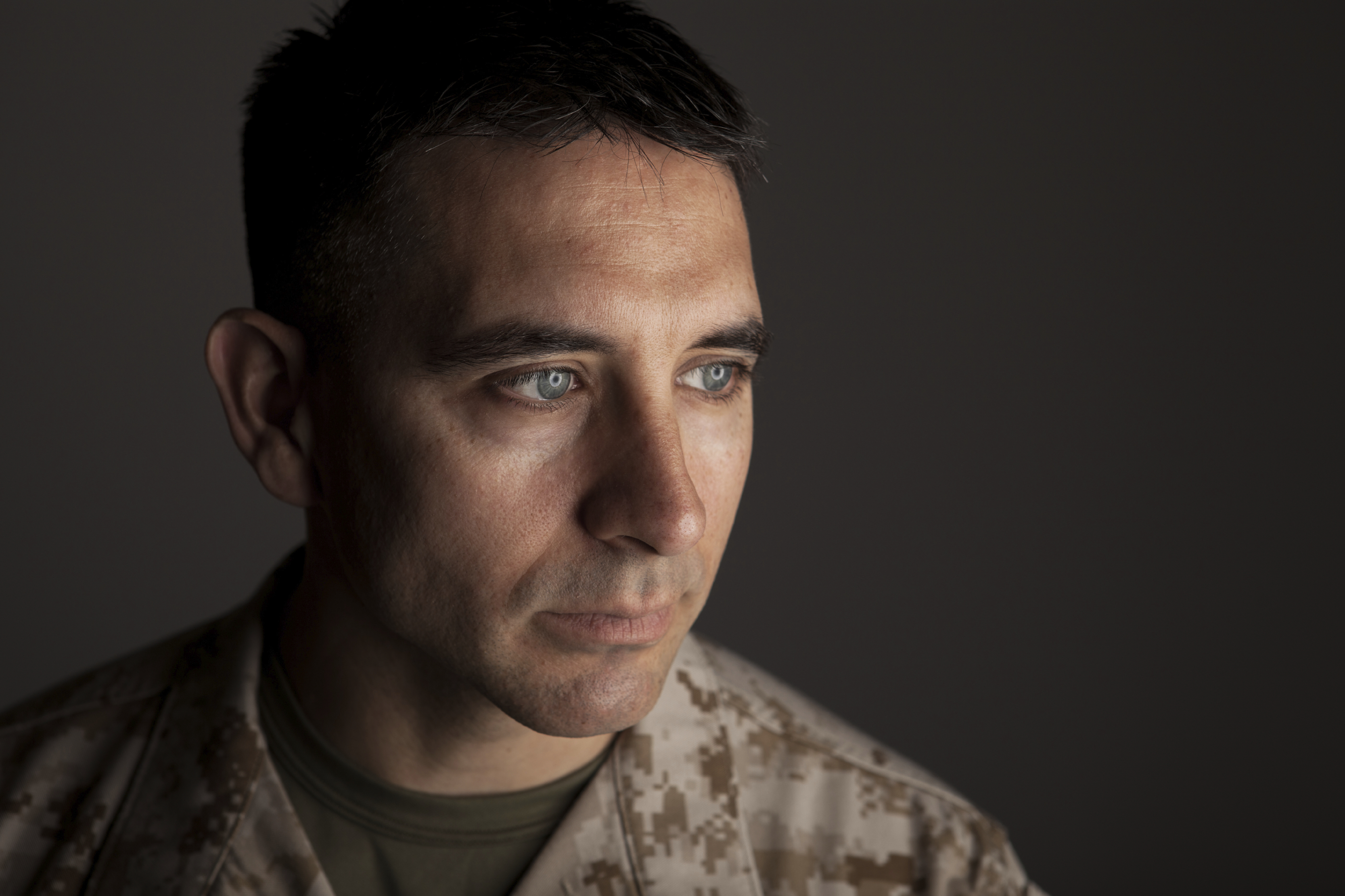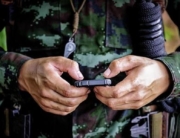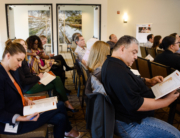by Claudia Bustamante
As the mental health needs continue to grow for greater numbers of service members and veterans returning to communities, researchers at the University of Southern California are studying how to use the latest in technological advancements to prepare behavioral health providers to effectively treat these military-impacted populations.
The Center for Innovation and Research on Veterans & Military Families (CIR) at the USC School of Social Work received a $4.5 million grant from the U.S. Department of Defense to study whether technology—i.e., 3-D avatar animation and mobile apps—is effective at training graduate students and professional clinicians and therapists.
The three-year study will look at multiple ways of rapidly increasing the workforce with culturally competent military social workers.
Anthony Hassan, clinical professor and director of CIR, said the grant is a testament to the trust the department has placed in the center’s and school’s research in this field.
“CIR and DOD share the same vision that education and training can be and should be advanced using the most innovative technologies to train clinicians anywhere, anytime to be able to meet the needs of our military and veteran communities,” Hassan said.
The first part of the DOD study will compare the efficacy of graduate student training using current well-established methods in the field, like peer-to-peer role play and standardized patient actors who simulate symptoms. It will also compare a new method being developed that uses a 3-D human avatar — a fictitious Marine who has been exposed to combat stress and now presents with life challenges.
A new game experience
The center has partnered with a game development company to enhance the avatar experience for students, with a future goal of housing it online to increase access.
“There’s really no way you can do true artificial intelligence yet. The ability to have an open-ended, back-and-forth conversation is still years away,” said Dax Berg, CIR’s technology project manager overseeing the new avatar development.
“We’re trying to game-ify it in a way where the user can get lost in the conversation. We’re trying to take something that’s never been done before, and make it possible and feel real.”
The new avatar will also have features that will help students progress in their conversation. At any particular time, students may access an instructor’s feedback to help them get back on track. If they get stuck, students can also access a pop-up menu with sample questions.
The point of the avatar experience is to prepare students as much as possible for when they meet their first veteran or service member face-to-face. It’s an opportunity to practice counseling skills and learn from mistakes.
Resources at fingertips
The second part of the DOD study explores whether technology can help already-trained clinicians stay faithful to an evidence-based practice that treats post-traumatic stress disorder.
Cognitive processing therapy-cognitive (CPT-C) is a regimented therapy that consists of 12 sessions to treat PTSD. Studies show that sticking to the protocol is associated with positive patient outcomes and fewer PTSD symptoms. An erosion rate of evidence-based practices has also been documented.
“After a while, it slips and then clinicians start adding and deleting items,” said Alice Kim, CIR’s assistant director of operations. “It could impact how effective they are, and it’s hard to see how effective CPT-C is.”
The study will enroll already-trained clinicians in a virtual training lab where they will be able to review multiple parts of the therapy and apply those skills with a standardized patient. In their sessions with clients, they will also be able to use a mobile app, which is currently being developed, to act as a reminder of CPT-C protocol and to access resources. The study will track their performance over a six-month period, when they will be meeting monthly with experts online, to gauge how effective this approach is at retention.
“We want to help supplement their training with the use of new technological tools,” Kim said.








